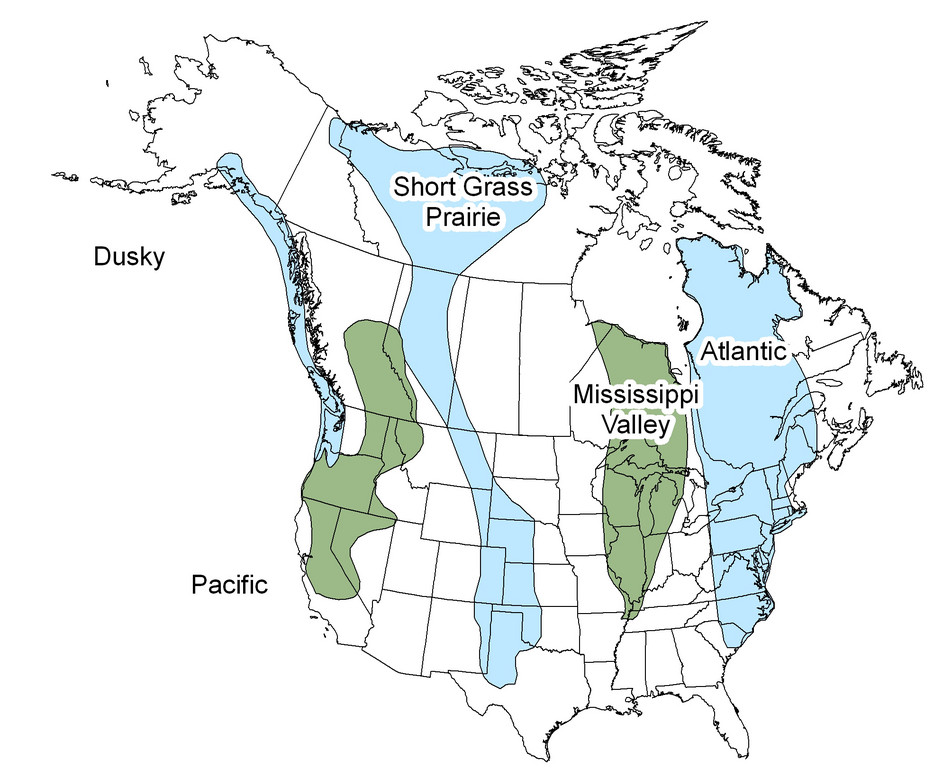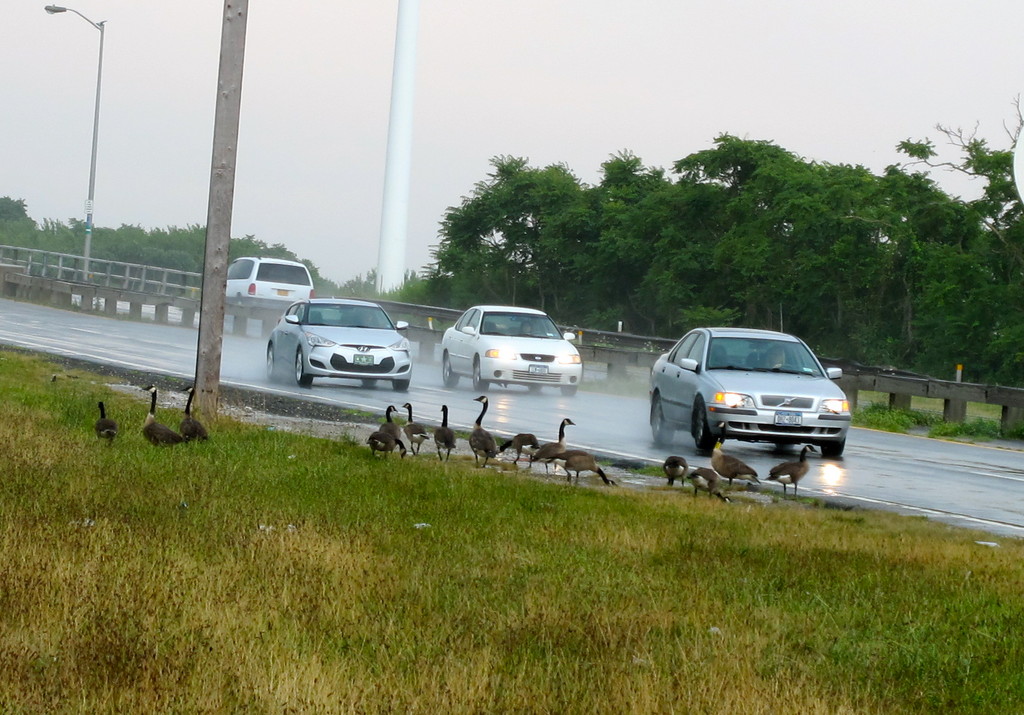Long Island hidden histories and mysteries, part 1
Where did all these geese come from?
If you have walked, driven, pedaled a bike or rowed your boat on Long Island in the last decade, you’ve likely noticed that there are a lot of geese around. They inhabit golf courses, sports fields, playgrounds, lakes, ponds and every place in between. But where did all these geese come from? What’s being done to control their population? Why don’t they fly south for the winter? Or just fly south for good? In short, what’s the deal with the geese?
Origins of the resident goose population
The geese Long Islanders contend with on a daily basis are of the species branta Canadensis, or giant Canada goose, an animal distinguished by its stature, creamy breast, long neck and distinctive white chinstrap. While it may appear to us that the geese cluster with exceptional eagerness on Long Island, they are, in fact, a presence in every state except Hawaii and have even crossed the pond to England and its neighbors.
In some senses, the goose boom is a conservation success story. In others it’s another disaster on the Venn diagram depicting the overlap between humans and animals. According to “The Geese That Came In from the Wild,” by Jack Hope in a 2000 issue of Audubon, the Canada goose was rarely seen in the U.S. until the 1960s.
Prior to that, most New Yorkers glimpsed Canada geese only as the pixels in a large V flying overhead from Newfoundland to the Aleutian Islands. Those geese that could be found in New York were mostly members of hobbled flocks, collections of artificially grounded geese maintained by hunters in the 19th and early 20th centuries. By clipping (or just lopping off) a goose’s wings, hunters created flightless flocks that they set out to attract migratory geese into shooting range.









